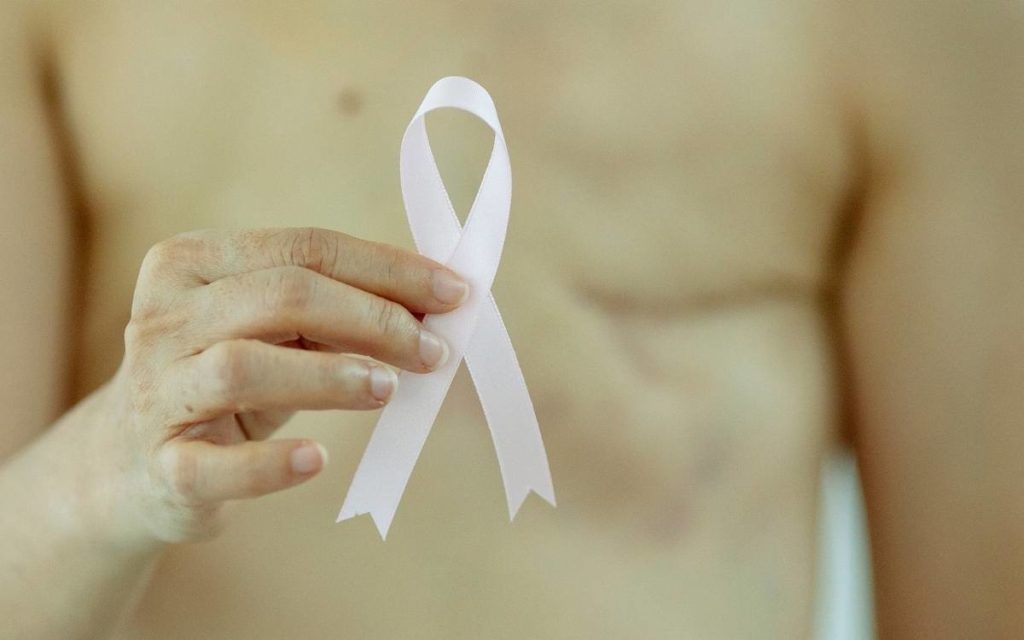 Surgery
Surgery
When cancer has spread, the safest way to treat it might be to remove the entire breast. This is called a mastectomy. It might be possible to save the skin and nipples, but otherwise, all the breast tissue is removed.
Smaller tumors can be removed to save the rest of the breast. This is called a lumpectomy, or “breast-conserving surgery”. Larger tumors can also be removed this way if they are shrunk with chemotherapy first.
While some women are happy to have caught a tumor early and to be able to save their breast, others wonder if it would be safer to have a full mastectomy. Fortunately, studies show that the chances of breast cancer recurring are the same after getting a lumpectomy or a mastectomy, so a lumpectomy is a safe way to save as much of your breast as possible.
Unfortunately, you will probably need to get radiation and chemotherapy. We can’t tell if an individual cancer cell has separated from the tumor, so these techniques target cancer cells wherever they are. This is completely natural because of how cancer spreads, so it has nothing to do with how the surgery went. They Improve your chances of staying healthy and cancer-free, so they’re worth the hassle.
Radiation
After your lumpectomy, you may be treated by a radiation oncologist. They will create a plan specifically catering your situation, which may last from a few days to a few months. The treatment may consist of a beam that targets specific parts of your chest, or a device placed in your breast for a short period. Radiation therapy is a very precise science and is always improving to be safer for the patient.
You might get rashes, swelling, and fatigue, but these are temporary so definitely worth the trouble. It is extremely rare to get another type of cancer from the therapy, and millions of women get the same treatments every year, so there’s nothing to worry about.
Chemotherapy
Chemotherapy uses medicine to target cancer cells throughout the body. It can be given as a pill to take at home, or intravenously at a clinic. It can also be used to shrink tumors before surgery.
You’re probably familiar with the side effects of chemotherapy: hair loss, low energy, and a host of other temporary inconveniences. What you get and how bad it depends on your regimen. This might all sound poisonous, but the medicines specifically target fast-growing cells like cancer, leaving most healthy cells alive. A few other cells like hair also grow fast, which is why they’re affected for a while. Your body will repair the damage to the healthy cells, but not the cancer cells.
If your doctor recommends both radiation and chemotherapy, you will have chemo first, followed by radiation treatment about four weeks later. It’s definitely a lot, but it works and will give you the best chance to survive and thrive. The earlier you catch breast cancer, the better your chances are to avoid a mastectomy and even avoid a lumpectomy. The only watch to catch it early is to get annual mammograms, so visit our website to schedule yours today!

